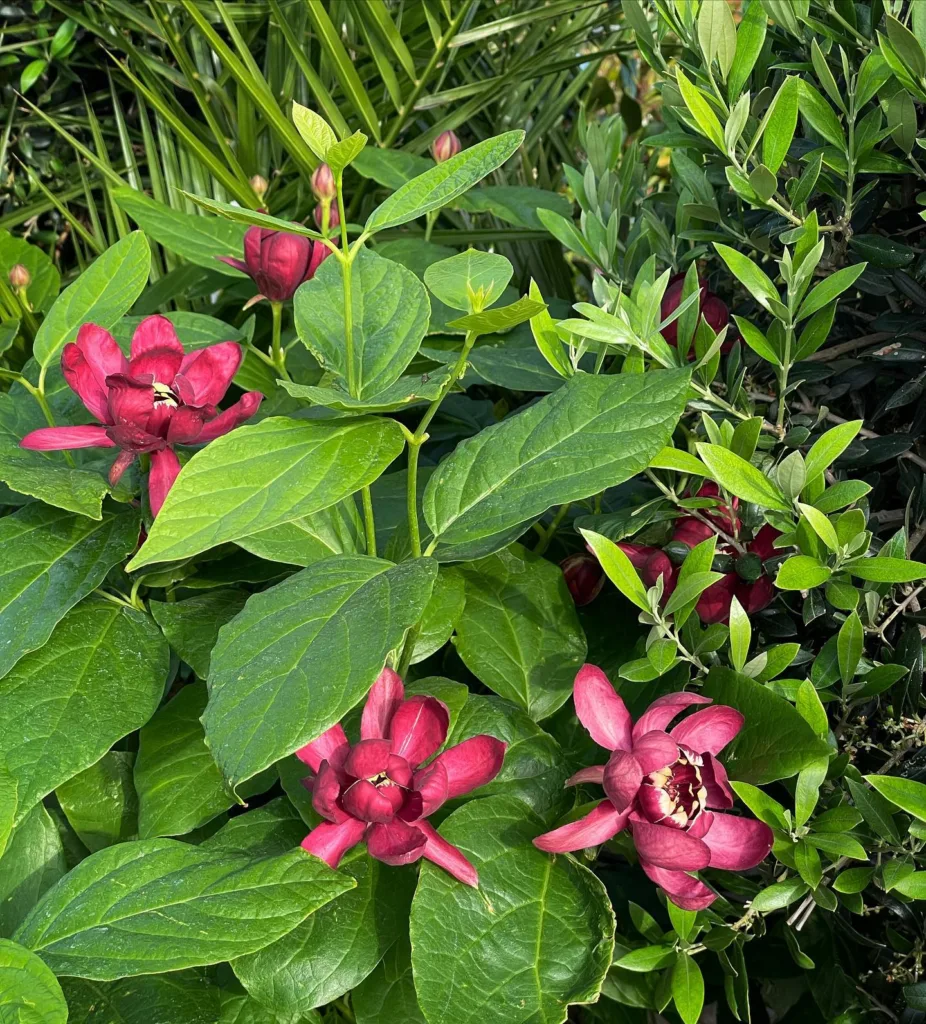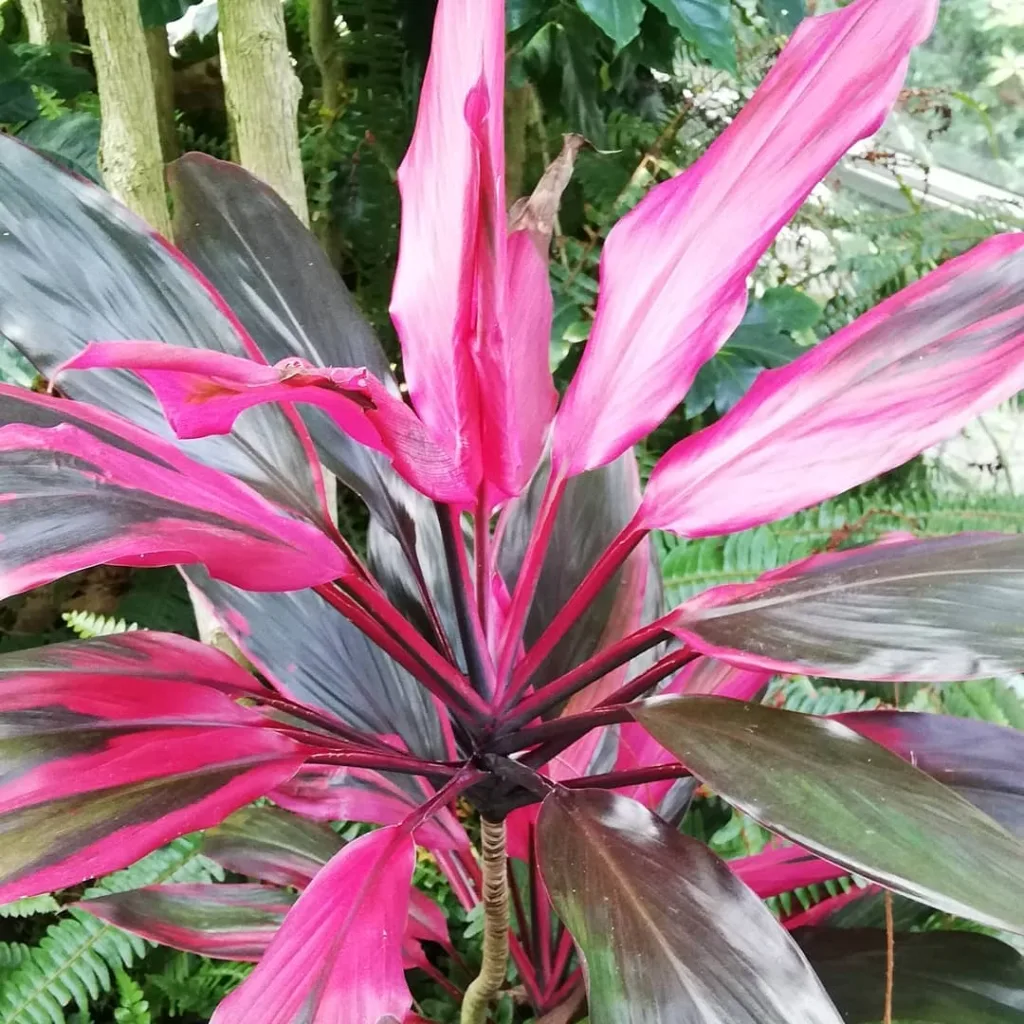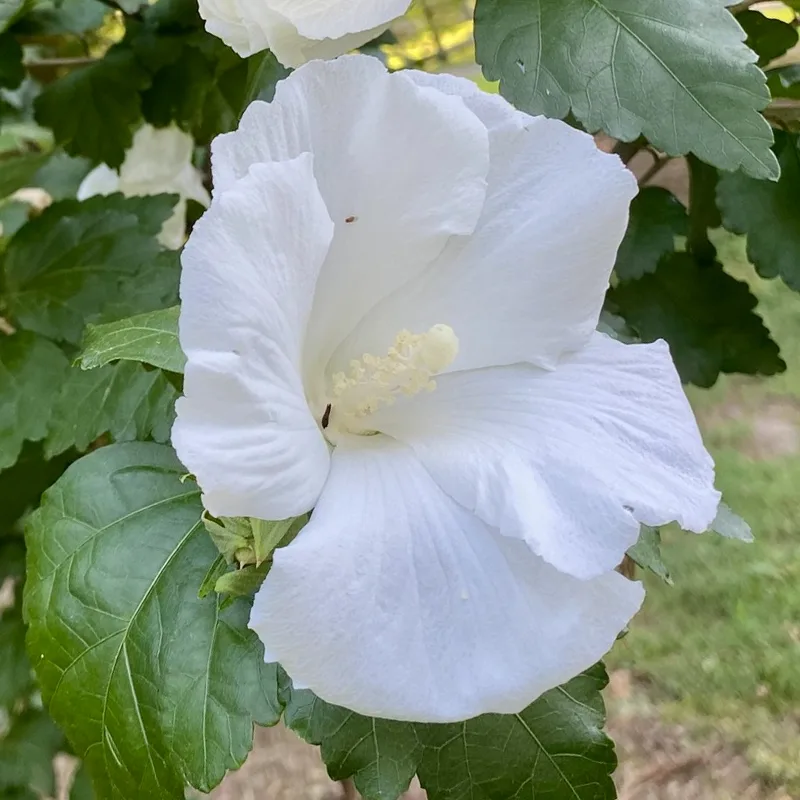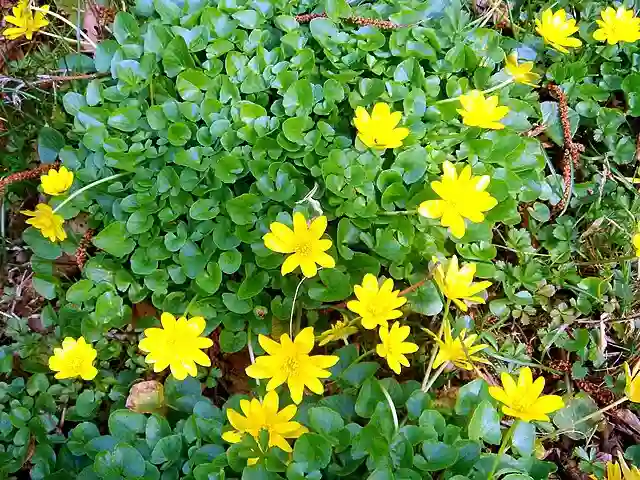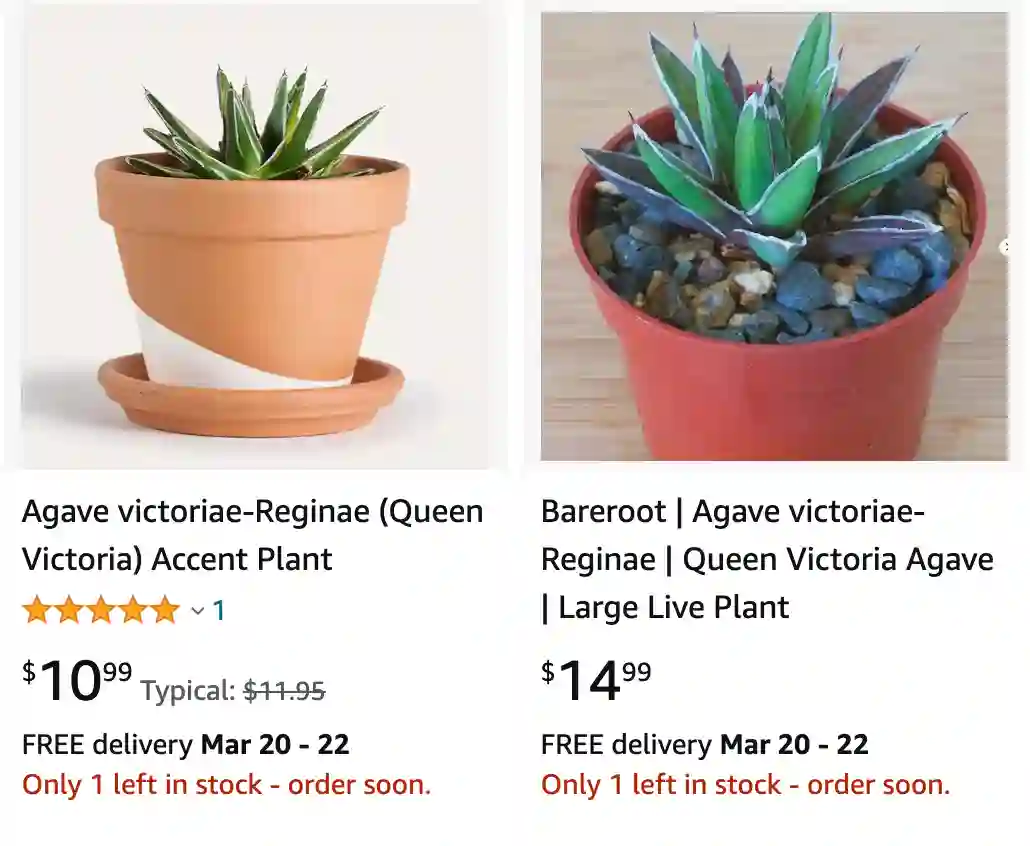
Exploring the Beauty of Queen Victoria Agave
As an avid gardener and enthusiast of all things botanical, I have recently been captivated by the elegance and charm of the Queen Victoria Agave. With its striking architectural form and resilient nature, this succulent plant has quickly become a favorite in my garden. In this article, I will share my insights into the cultivation and care of the Queen Victoria Agave, as well as some tips on propagation and companionship.
304 Species in Genus Agave
What is Queen Victoria Agave?
The Queen Victoria Agave, scientifically known as Agave victoriae-reginae, is a stunning succulent native to northeastern Mexico. Named in honor of Queen Victoria of England, this plant is celebrated for its compact rosette of thick, dark green leaves adorned with striking white markings along the margins. Its symmetrical form and dramatic appearance make it a standout feature in any garden or landscape.
Queen Victoria Agave vs King Ferdinand Agave
When I compared Queen Victoria Agave to King Ferdinand Agave, I found Queen Victoria’s compact, rosette shape and intricate leaf patterns to be uniquely striking, while King Ferdinand’s larger, more robust form made a bold statement in my garden.
Queen Victoria Agave vs Nickel Agave
In my experience with Queen Victoria Agave versus Nickel Agave, the Queen Victoria’s distinct, almost architectural appearance outshone Nickel Agave’s more understated look, but Nickel Agave’s resilience and adaptability made it a practical choice for more challenging spots.
How to Grow Queen Victoria Agave?
Growing Queen Victoria Agave is relatively straightforward, provided you provide it with the right conditions. This plant thrives in well-draining soil and requires plenty of sunlight to flourish. When planting, ensure that the soil is sandy or gravelly to prevent waterlogging, which can lead to root rot. Additionally, avoid overwatering, as Queen Victoria Agave is drought-tolerant and prefers to dry out between waterings. In terms of temperature, this succulent prefers warm climates and is not frost-tolerant, so be sure to protect it during cold spells.
How long does it take for Queen Victoria Agave to reach full size?
One of the remarkable aspects of Queen Victoria Agave is its slow growth rate, which adds to its allure and longevity in the garden. While individual specimens may vary, it typically takes several years for Queen Victoria Agave to reach its full size. From a young plant, it can take anywhere from five to ten years or more to mature into a specimen worthy of its royal namesake. However, the wait is well worth it, as this plant remains an eye-catching centerpiece for decades to come.
How to Propagate Queen Victoria Agave?
Propagation of Queen Victoria Agave can be achieved through several methods, including offsets, seeds, and tissue culture. Offsets, also known as pups, are small plantlets that develop around the base of mature agave plants. To propagate using offsets, carefully remove them from the parent plant and plant them in a well-draining potting mix. Keep the soil lightly moist and provide bright, indirect light until the new plants establish roots.
Alternatively, Queen Victoria Agave can be grown from seeds, although this method requires patience and attention to detail. Collect seeds from mature plants and sow them in a seed-starting mix, keeping the soil consistently moist but not waterlogged. Place the seed tray in a warm, sunny location and be prepared to wait several weeks for germination to occur.
For those with access to laboratory facilities, tissue culture offers a more efficient method of propagation. This technique involves culturing small pieces of plant tissue in a nutrient-rich medium under sterile conditions, resulting in rapid growth and multiplication of new plants. While tissue culture requires specialized equipment and expertise, it can be a valuable tool for propagating rare or endangered species like Queen Victoria Agave.
In conclusion, Queen Victoria Agave is a stunning succulent that adds a touch of regal beauty to any garden or landscape. By providing the right growing conditions and employing proper propagation techniques, you can enjoy the timeless elegance of this remarkable plant for years to come.
3.5
If i die, water my plants!
